

William Stopford
The cars revealed in 2025 we wish would come to Australia
9 Hours Ago

Contributor
It won’t be long before the new Mazda CX-60 will be on Australian shores, with the mid-sized SUV now rolling off the factory line.
Mazda has officially begun mass production of its more upmarket CX-60 mid-sized SUV at its Hofu Plant No. 2 in Yamaguchi, Japan.
The Japanese automaker celebrated the start of production by holding a “line off ceremony” that was attended by approximately 100 people involved in the production process, as well as Mazda CEO Akira Marumoto.
Order books have already opened for the CX-60 in Europe ahead of a launch in the northern autumn of this year.
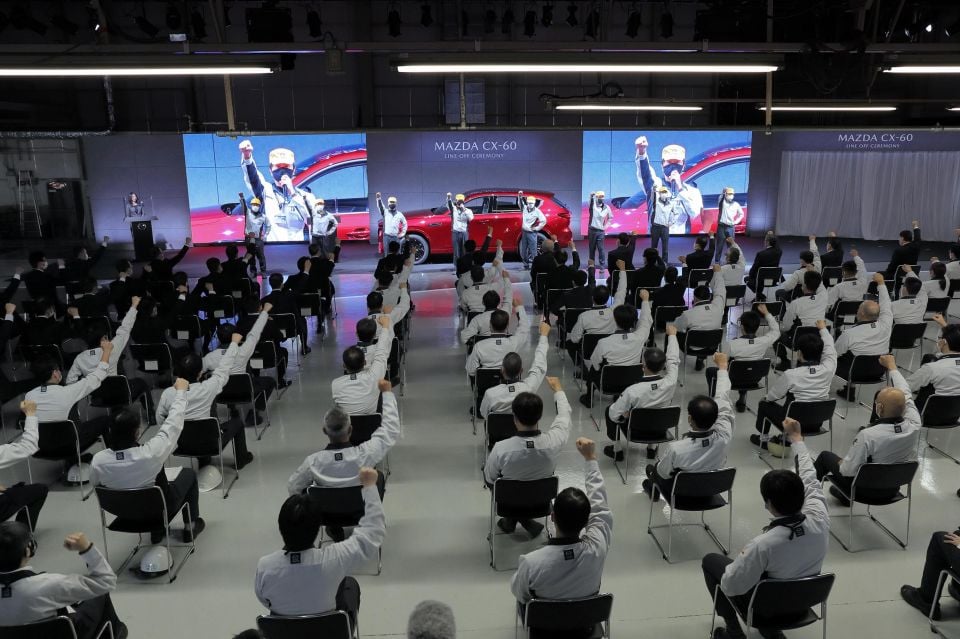
The CX-60 will arrive in Australia in the closing stages of 2022, with pricing and specifications to be announced closer to launch.
Mazda Australia has yet to confirm which powertrains will be offered in the CX-60 locally beyond the plug-in hybrid petrol, but has previously said the entire engine range is on the table.
The CX-60’s 2.5-litre four-cylinder plug-in hybrid (PHEV) e-Skyactiv powertrain produces total system outputs of 241kW of power and 500Nm of torque, and uses a 17.8kWh lithium-ion battery.
It’s worth noting the plug-in hybrid CX-60 is the most powerful road car the brand has ever produced.
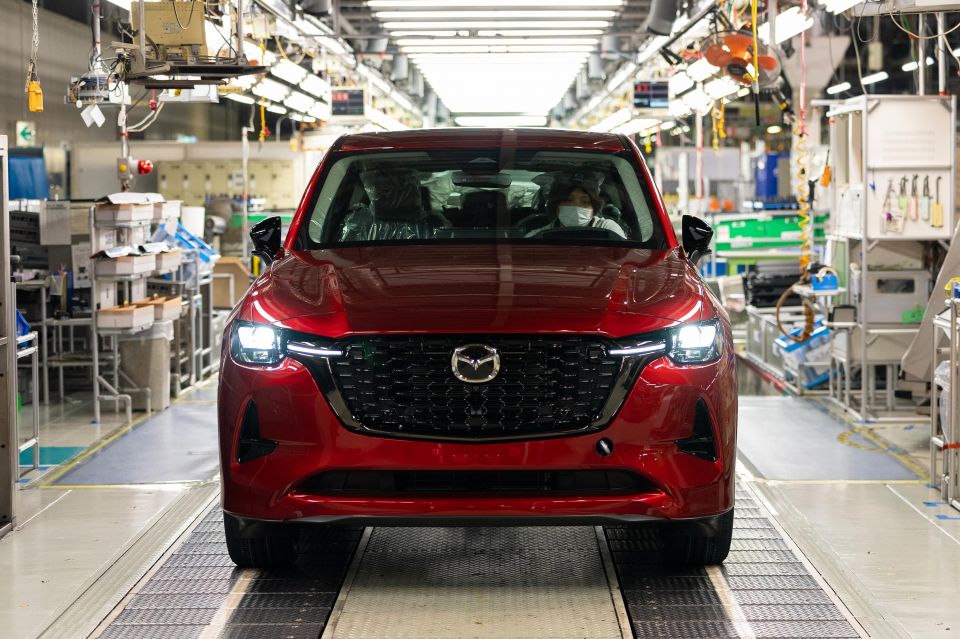
Mazda Japan has also confirmed the CX-60 will also be offered with a Skyactiv-G 2.5-litre naturally-aspirated four-cylinder engine with the same bore and stroke as the 2.5-litre PHEV, producing 138kW and 250Nm.
It’s unclear whether Mazda Australia would choose to bring this less powerful engine here, which would arguably muddle the CX-60’s positioning relative to the similarly-sized, but more mainstream CX-5 mid-size SUV that’s also available with the 2.5-litre.
The CX-60 is also available with a range of e-Skyactiv D and Skyactiv-D 3.3-litre turbo-diesel inline-six cylinder engines.
The Skyactiv-D produces 170kW between 4000 and 4200rpm and 500Nm between 1500 and 3000rpm.
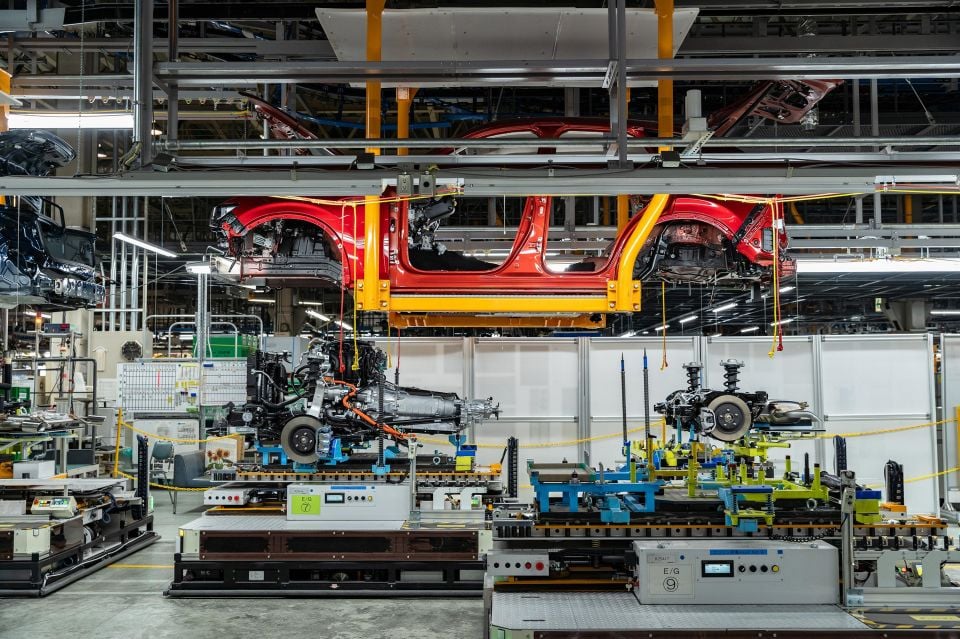
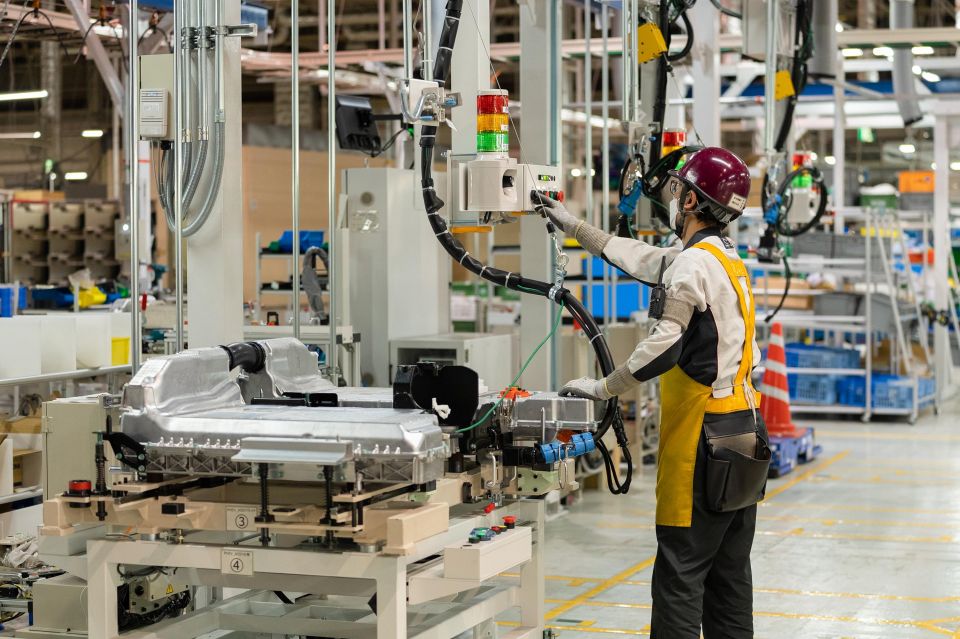
The e-Skyactiv D, which includes a 48V mild-hybrid system, pumps out even more power and torque: 187kW at 3750rpm and 550Nm between 1500 and 2400rpm.
There’s also a 3.0-litre inline-six cylinder petrol engine with outputs that have yet to be confirmed.
All CX-60 engine variants will be equipped with an eight-speed automatic transmission, which features a multi-plate clutch and integrated electric motor/generator in place of a hydraulic converter as an input clutch.
Full-time all-wheel drive is provided by a new system which uses an electronically-controlled multi-plate clutch.
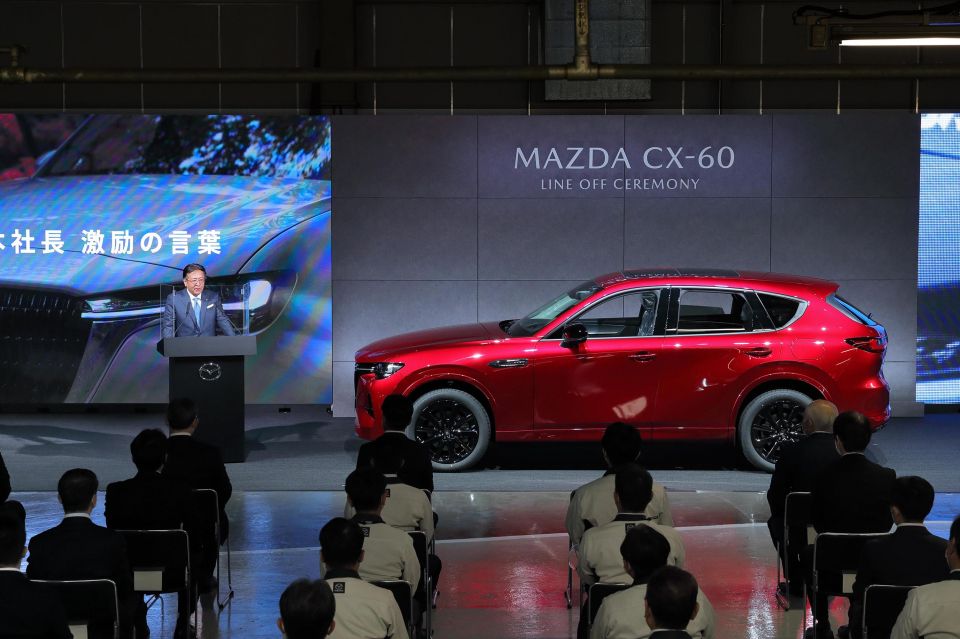
The CX-60 measures 4740mm long, 1890mm wide and 1685mm tall on a 2870mm wheelbase.
That makes it 190mm longer, 50mm wider and 10mm taller than the CX-5, with a 170mm longer wheelbase.
It’s also 32mm longer, 1mm narrower and 9mm taller than a BMW X3 on a 6mm longer wheelbase.
The CX-60 is based on the Skyactiv Multi-Solution Scalable Architecture, which Mazda says will underpin five hybrid models – at least some of which will use Toyota’s hybrid system – plus five PHEVs and three electric vehicles (EVs).

This architecture has been developed for both front-/all-wheel drive vehicles with transverse-mounted engines, as well as rear-/all-wheel drive vehicles – like the CX-60 – with longitudinally-mounted engines.
It’s separate from Mazda’s upcoming Skyactiv Scalable EV Architecture, upon which the first car will debut in 2025.
The CX-60 is the first of four new SUV models from what Mazda calls its Large Product group.
Mazda has previously confirmed the CX-60 will be joined by a three-row version called the CX-80, designed for markets like Japan and Europe.
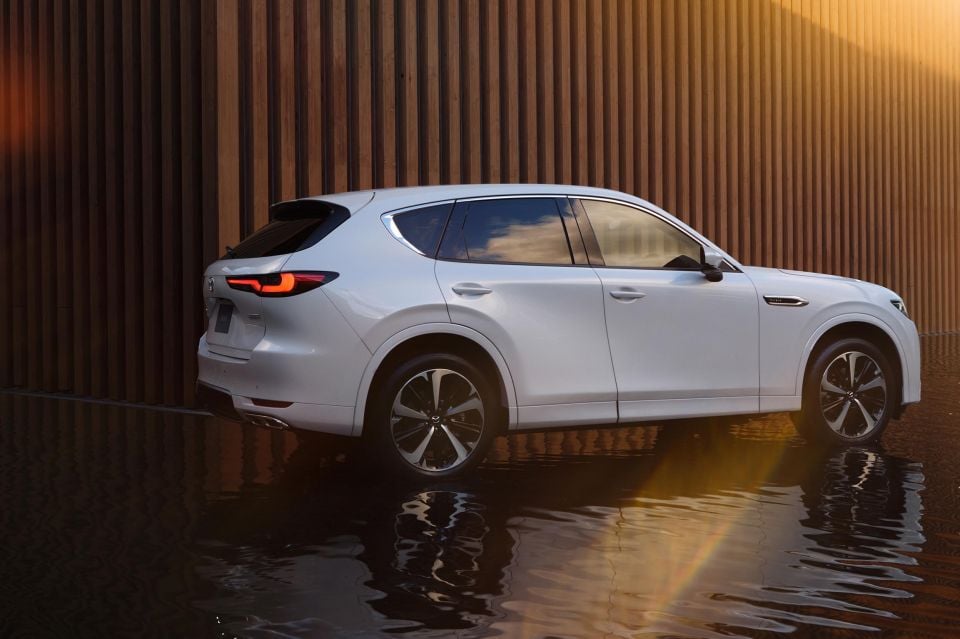
Also riding on the new rear-/all-wheel drive underpinnings will be the wider, two-row CX-70 and three-row CX-90, designed for the U.S. market in mind.
Given we already receive two three-row Mazda SUVs in Australia – the CX-8 and CX-9 – it’s possible we could get multiple models on this architecture. Mazda Australia has previously said it’s looking at all four options.
Mazda Australia marketing director Alastair Doak has said not to assume Mazda’s upcoming SUVs will immediately spell the end of existing models like the CX-8 and CX-9 either.
That suggests the new Large Architecture models could be sold alongside existing models, at least for a period of time.
MORE: 2023 Mazda CX-60 officially revealed MORE: 2023 Mazda CX-60: Full engine range on the table MORE: 2023 Mazda CX-60 diesel outputs confirmed
Where expert car reviews meet expert car buying – CarExpert gives you trusted advice, personalised service and real savings on your next new car.
Jack Quick is an automotive journalist based in Melbourne. Jack studied journalism and photography at Deakin University in Burwood, and previously represented the university in dance nationally. In his spare time, he loves to pump Charli XCX and play a bit of Grand Theft Auto. He’s also the proud owner of a blue, manual 2020 Suzuki Jimny.


William Stopford
9 Hours Ago


Josh Nevett
10 Hours Ago


Ben Zachariah
1 Day Ago


CarExpert.com.au
1 Day Ago


Damion Smy
2 Days Ago


Damion Smy
2 Days Ago